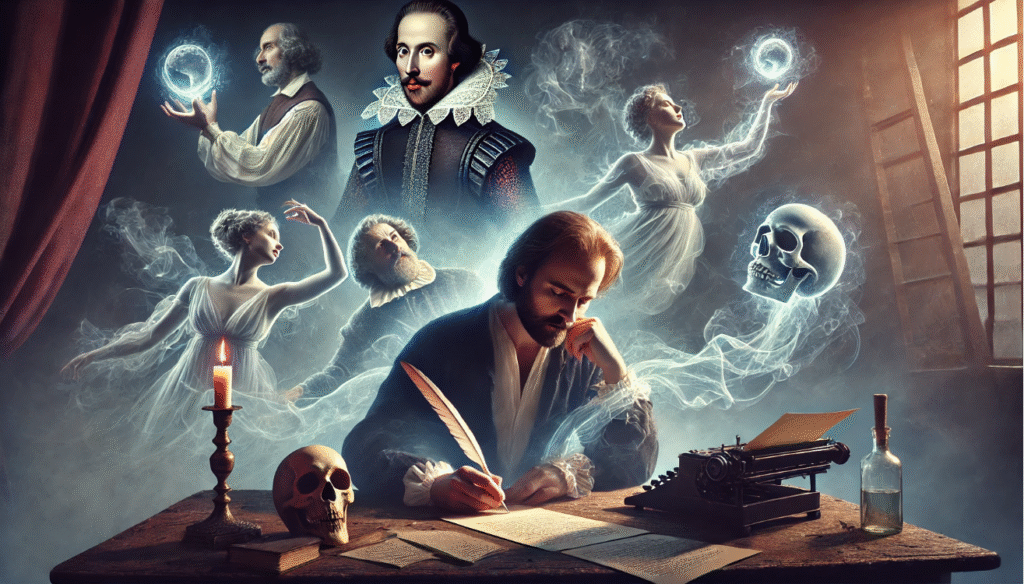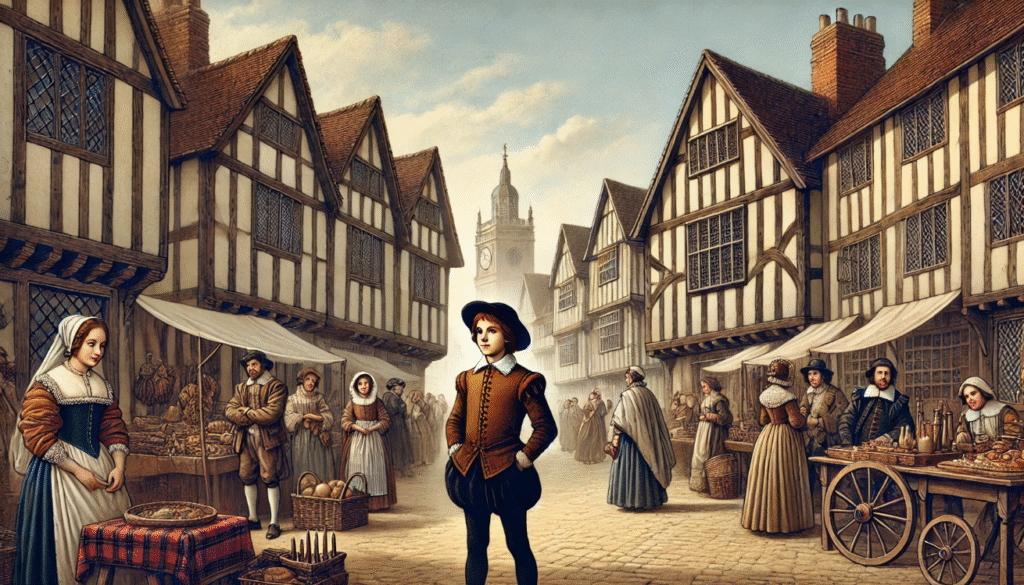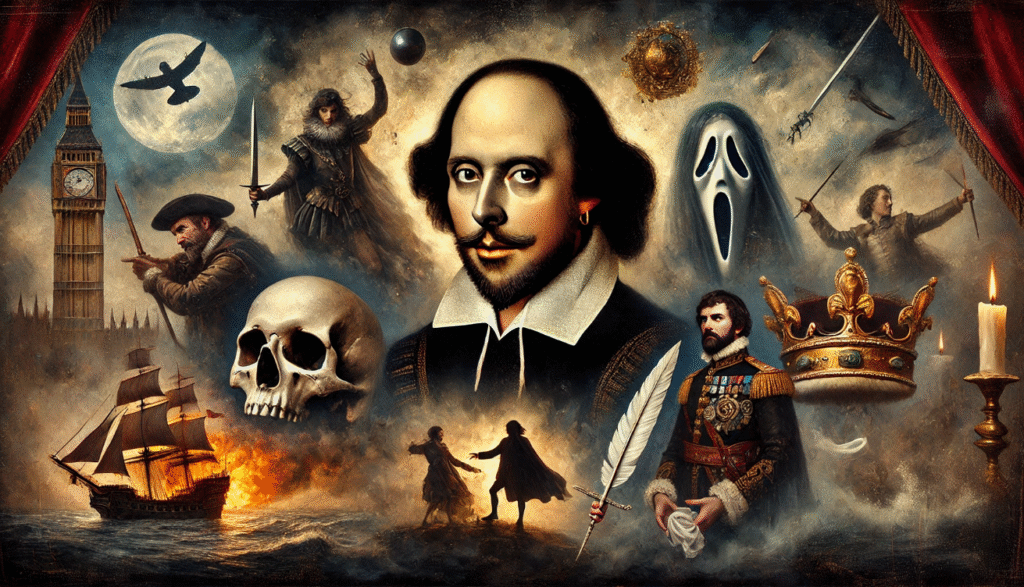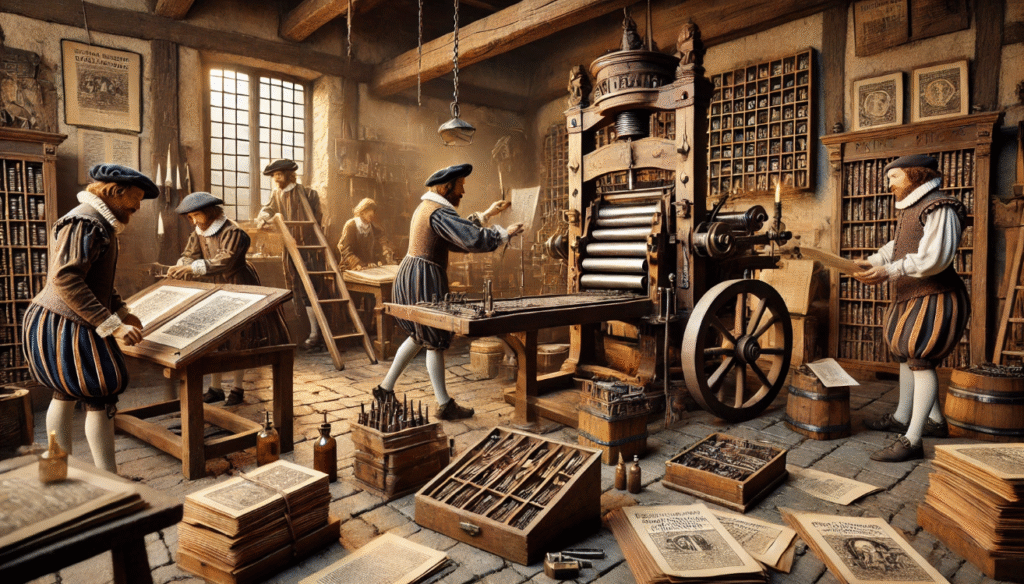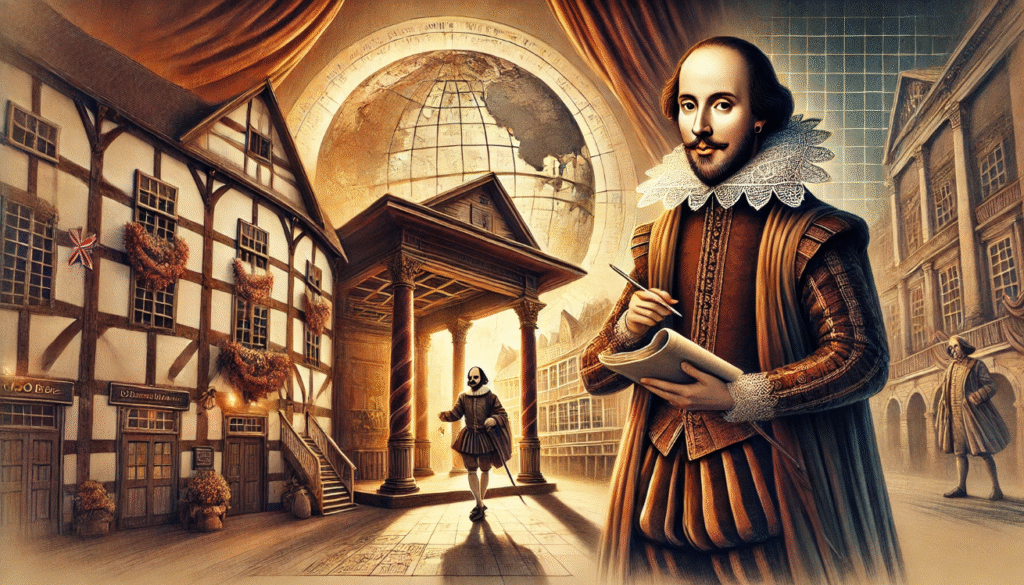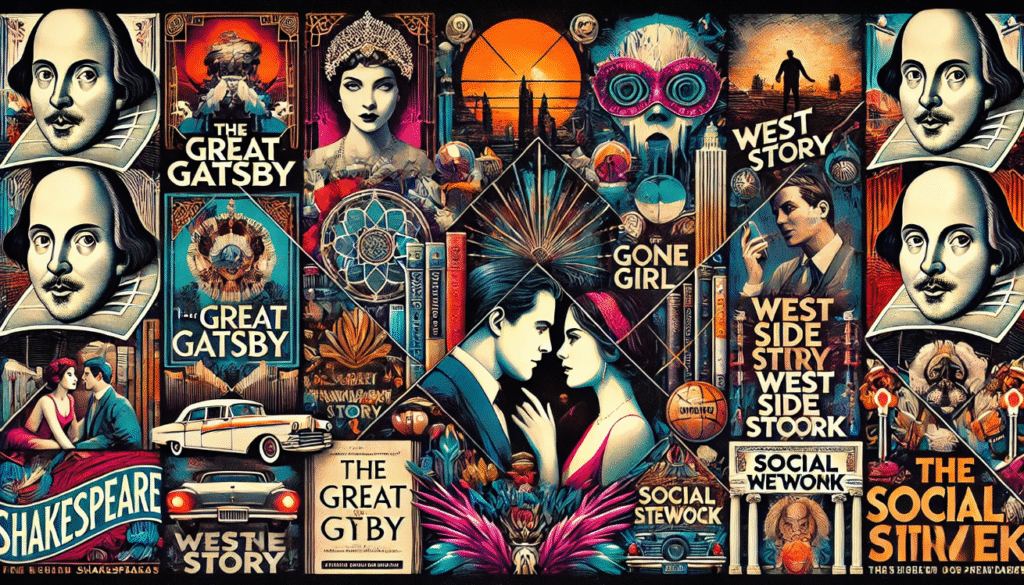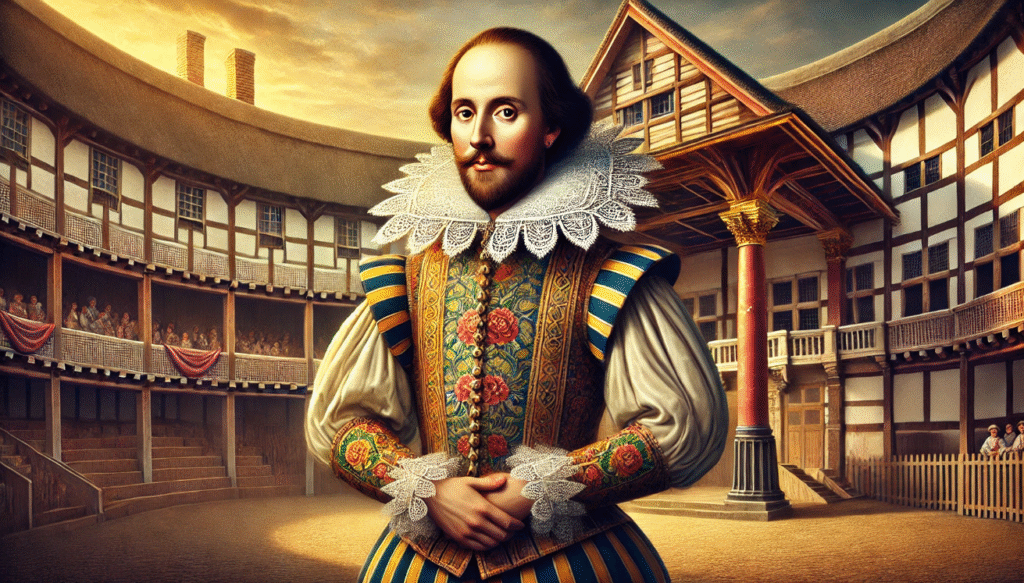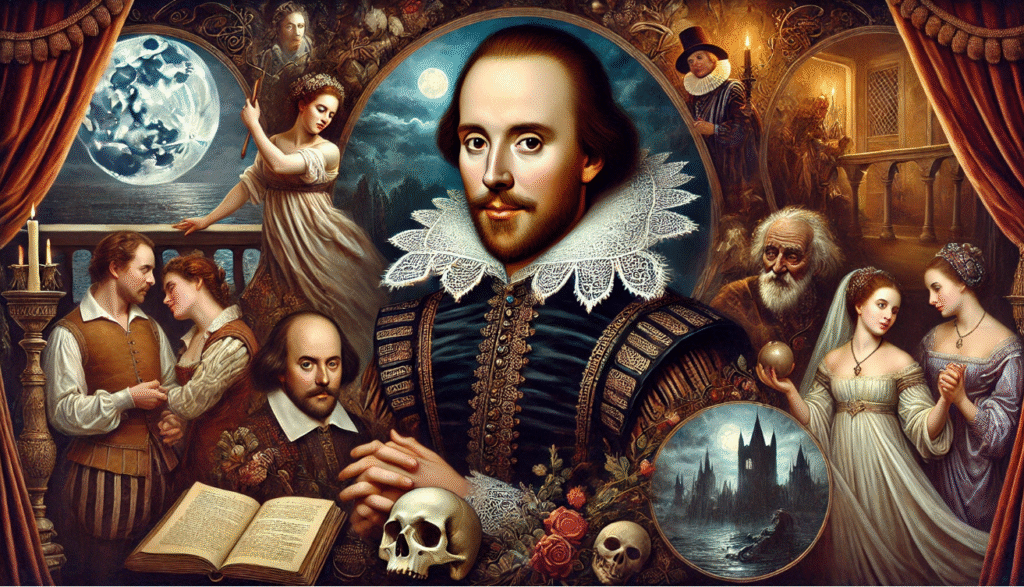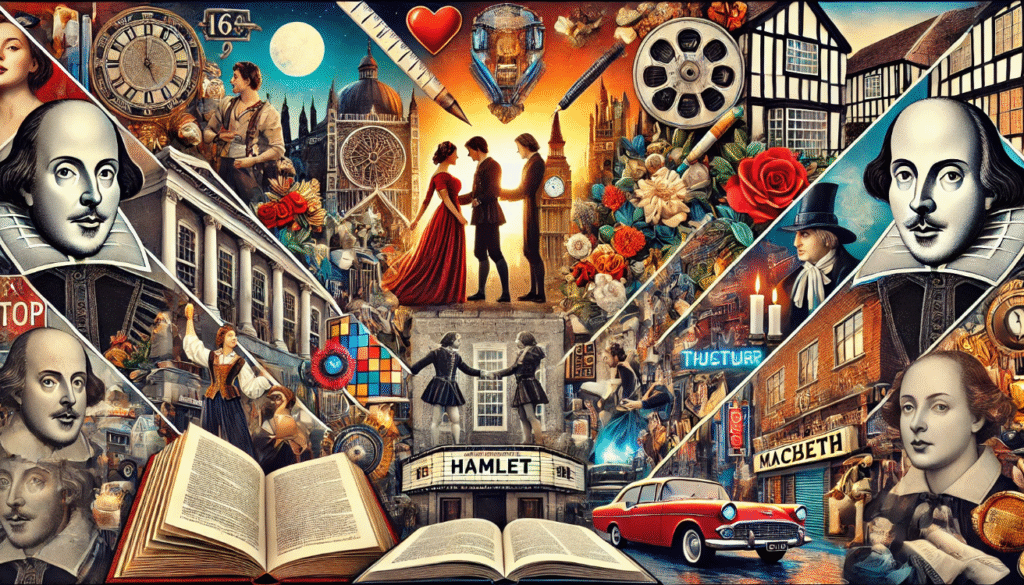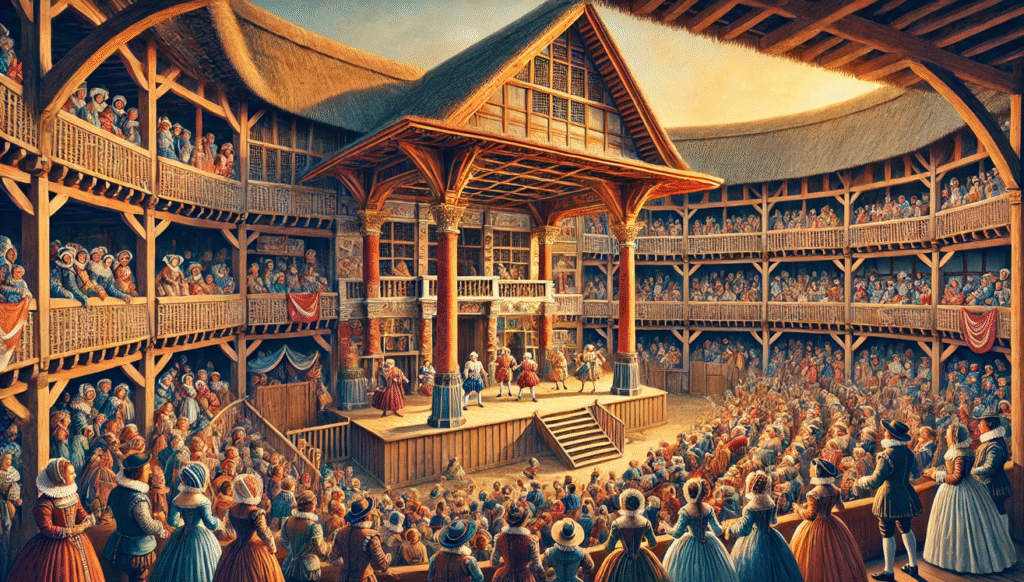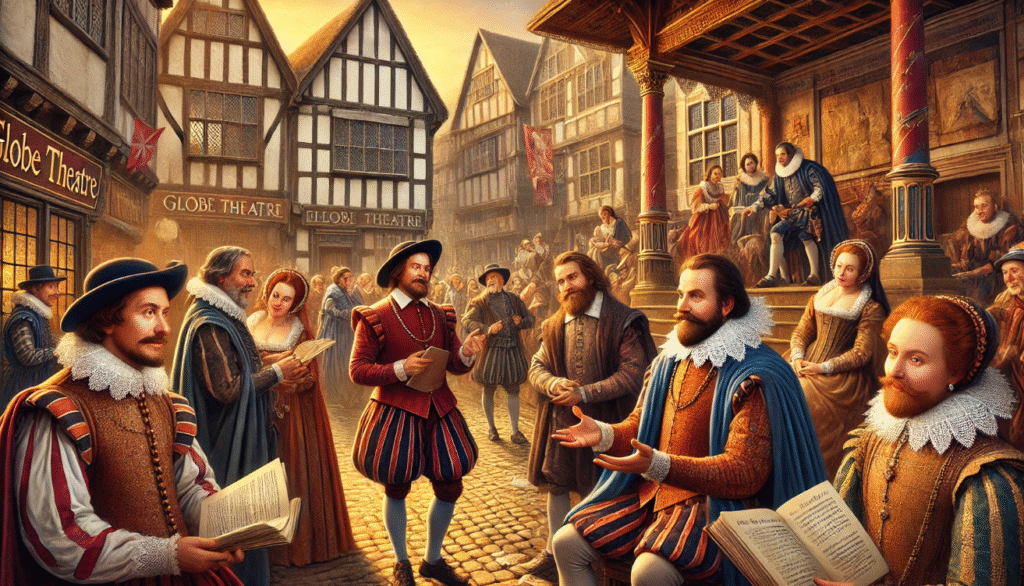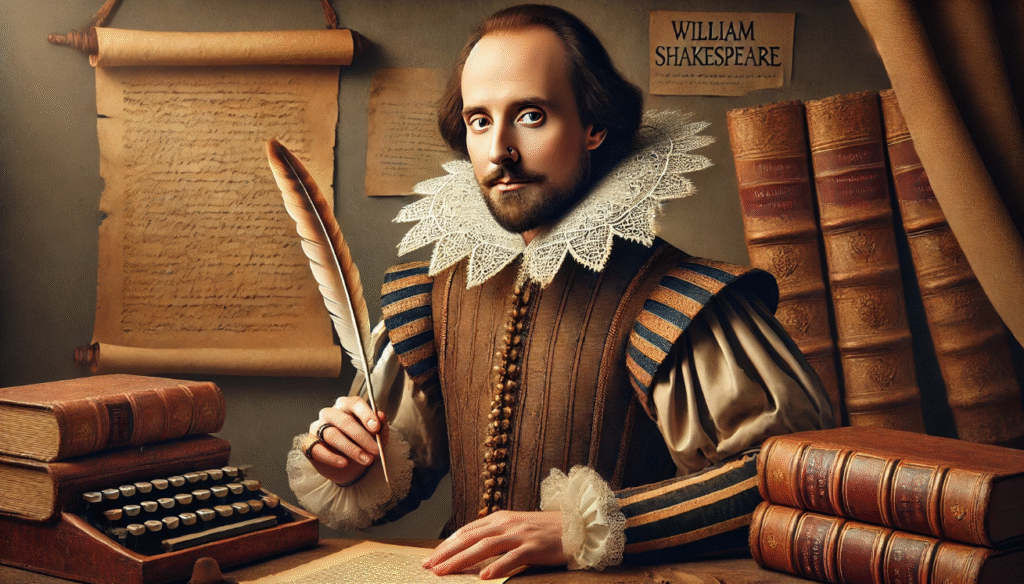 Did you know that Shakespeare’s influence on 19th-century literature is often regarded as one of the most influential figures in literature, with his impact extending far beyond his own time? In the 19th century, Shakespeare’s influence on 19th-century literature continued to inspire and influence some of the greatest literary minds of the era, leading to innovative storytelling and character development. In this article, we will explore Shakespeare’s lasting impact on 19th-century literature, including his influence on themes, characterization, language, and major literary figures of the time. We will delve into how Shakespeare’s influence on 19th-century literature legacy fueled creativity and inspired key writers of the 19th century.
Did you know that Shakespeare’s influence on 19th-century literature is often regarded as one of the most influential figures in literature, with his impact extending far beyond his own time? In the 19th century, Shakespeare’s influence on 19th-century literature continued to inspire and influence some of the greatest literary minds of the era, leading to innovative storytelling and character development. In this article, we will explore Shakespeare’s lasting impact on 19th-century literature, including his influence on themes, characterization, language, and major literary figures of the time. We will delve into how Shakespeare’s influence on 19th-century literature legacy fueled creativity and inspired key writers of the 19th century.
Shakespeare’s Literary Innovations: A Foundation for the 19th Century
Overview of Shakespeare’s Contribution to Literature:
Shakespeare’s influence on 19th-century literature was a true revolutionary in the way he approached character complexity in his plays. Unlike many of his contemporaries, he created characters that were multi-dimensional and deeply layered, with complex motivations and inner conflicts. This allowed for a more realistic and relatable portrayal of human nature on stage. One of the key tools Shakespeare used to delve into the depths of his characters’ inner lives was the soliloquy. Through these powerful monologues, his characters were able to express their innermost thoughts and feelings, providing insight into their true selves and allowing the audience to empathize with their struggles. In addition, Shakespeare’s exploration of tragic flaws added another layer of complexity to his characters.
Shakespeare’s Influence on Literary Forms:
Certainly! His role in shaping drama, poetry, and the novel was incredibly influential. His works revolutionized these literary forms and continue to have a lasting impact on literature. His innovative use of language, dramatic structure, and exploration of complex human emotions have left a lasting legacy in the literary world. Shakespeare’s contributions to drama, poetry, and the novel have set a high standard for future generations of writers to aspire to.
Language and Imagery:
His vivid language, metaphors, and wordplay in his writing set a standard for literary creativity by captivating readers’ imaginations and emotions. Through his use of rich and inventive language, he creates a world that is both familiar and yet entirely his own. His metaphors and wordplay add depth and complexity to his writing, allowing for multiple layers of meaning and interpretation. Overall, his unique and imaginative use of language sets a high standard for literary creativity and continues to inspire and influence writers today.
The Romantic Movement: Shakespeare as an Inspirational Figure
Shakespeare’s Impact on Romantic Poets:

Writers like William Wordsworth, Samuel Taylor Coleridge, and Percy Bysshe Shelley drew inspiration from Shakespeare’s themes of individualism, nature, and emotion in various ways. Wordsworth, for example, was greatly influenced by Shakespeare’s portrayal of the natural world and the human experience in his poetry. He often celebrated the beauty of nature and the individual’s connection to it, much like Shakespeare did in works such as “A Midsummer Night’s Dream” and “As You Like It.” Coleridge, on the other hand, was inspired by Shakespeare’s exploration of human emotion and the inner workings of the human mind.
Shakespeare’s Influence on Drama and Tragedy in Romanticism:
Romantic playwrights such as Byron and Goethe were heavily influenced by Shakespeare’s exploration of tragedy and the human psyche. Shakespeare’s plays, particularly his tragedies such as “Hamlet,” “Macbeth,” and “Othello,” delved deep into the complexities of human emotion and the inner workings of the human mind. Byron and Goethe, among others, were inspired by Shakespeare’s ability to create compelling and multi-dimensional characters who grappled with profound moral and psychological dilemmas. They sought to emulate Shakespeare’s exploration of the human condition and his portrayal of universal themes such as love, jealousy, ambition, and the struggle for power.
Emotional Depth and Characterization:
Shakespeare’s complex characters, such as Hamlet and Macbeth, provided models for the emotional depth explored by Romantic poets. These characters grapple with existential questions, inner turmoil, and intense emotions, which resonated with the Romantic poets’ focus on individualism, introspection, and the power of the human spirit. The depth and complexity of Shakespeare’s characters served as inspiration for the Romantic poets as they sought to delve into the depths of human emotion and experience.
Victorian Literature: Shakespeare’s Enduring Legacy
Shakespeare’s Influence on Victorian Novelists:

Writers like Charles Dickens, Charlotte Brontë, and Thomas Hardy were heavily influenced by the works of William Shakespeare, and incorporated many Shakespearean elements into their novels. These elements included moral conflict, social criticism, and character complexity. Dickens, for example, often explored the moral conflicts and social injustices of Victorian England in his novels, such as “Oliver Twist” and “Great Expectations”. Brontë’s “Jane Eyre” also delved into moral dilemmas and social criticisms, while Hardy’s “Tess of the d’Urbervilles” showcased complex characters struggling with their moral choices. Overall, these writers demonstrated a deep understanding of Shakespearean themes and effectively incorporated them into their own literary works.
Shakespeare’s Tragic Heroes in Victorian Literature:
During the Victorian era, Shakespeare’s plays were highly popular and frequently performed in theaters. The Victorian era saw a resurgence of interest in Shakespeare’s works, with many adaptations and performances being staged. Playwrights like Oscar Wilde were heavily influenced by Shakespeare’s style and themes, incorporating elements of his work into their own plays. The tragic figures in Shakespeare’s plays, such as Hamlet or Macbeth, often mirror the complex and tormented characters found in Victorian literature, such as Heathcliff in Wuthering Heights or Pip in Great Expectations. These parallels highlight the enduring impact of Shakespeare’s storytelling and character development on subsequent generations of writers and playwrights.
Shakespeare’s Influence on Poetic and Narrative Techniques

Symbolism and Allegory:
Shakespeare’s use of symbolism and allegory in his plays and sonnets has had a profound influence on poets like Tennyson and Browning. His intricate use of symbols and allegorical elements in his works allowed these poets to delve into deeper meanings and themes in their own writings. Tennyson, for example, was inspired by Shakespeare’s use of natural imagery and symbolic motifs, incorporating them into his own poetry to convey complex emotions and ideas. Browning, on the other hand, was influenced by Shakespeare’s exploration of human nature and moral dilemmas, using allegory to tackle similar themes in his own works.
Dialogue and Soliloquy:
In 19th-century literature, soliloquy played a significant role in allowing authors to delve into their characters’ internal worlds. Inspired by Shakespeare’s use of soliloquy, many authors, such as Robert Browning, adopted this technique to explore the inner thoughts and emotions of their characters. Browning, in particular, is known for his dramatic monologues, where the speaker reveals their innermost thoughts and feelings to the reader. This technique allowed authors to create complex and nuanced characters, giving readers a deeper understanding of their motivations and inner conflicts. Overall, the use of soliloquy in 19th-century literature allowed for a more intimate and introspective exploration of characters, enriching the literary landscape of the time.
Metaphor and Imagery:
Shakespeare’s use of rich imagery and metaphors in his writing had a significant impact on the narrative styles of the 19th century. His ability to create vivid and complex visual and emotional landscapes through his language influenced many writers of the time. Authors such as Charles Dickens, Emily Brontë, and Edgar Allan Poe drew inspiration from Shakespeare’s use of imagery and metaphors to enhance their own storytelling. This led to a heightened emphasis on descriptive language and symbolic meaning in literature during this period. Shakespeare’s influence on narrative styles in the 19th century is evident in the way writers of that time used imagery and metaphors to create immersive and evocative storytelling experiences.
Shakespeare’s Thematic Influence on 19th-Century Literature
 Human Nature and Psychological Insight:
Human Nature and Psychological Insight:
Shakespeare’s deep exploration of human emotions, ambition, jealousy, love, and revenge had a profound influence on 19th-century writers, particularly in their exploration of similar themes. His works provided a rich source of inspiration for writers who were interested in delving into the complexities of human nature and societal issues. One key way in which Shakespeare influenced 19th-century writers was through his portrayal of human emotions. His characters’ intense emotions and internal conflicts resonated with writers of the 19th century, who were also interested in exploring the complexities of human psychology. Shakespeare’s nuanced depiction of ambition, jealousy, love, and revenge served as a model for 19th-century writers as they delved into these universal themes in their own works.
Rebellion and Freedom:
The themes of defiance and the questioning of authority in Shakespeare’s works have had a significant influence on both Romantic and Victorian literature. In many of Shakespeare’s plays, characters challenge traditional power structures and societal norms, often leading to conflict and dramatic tension. This defiance of authority is often tied to larger themes of individual freedom, justice, and the struggle for power. In Romantic literature, authors were inspired by Shakespeare’s exploration of human nature and the complexities of power dynamics. They often depicted characters who rebelled against oppressive rulers or societal expectations, reflecting the spirit of individualism and the pursuit of personal fulfillment that characterized the Romantic era.
Shakespeare’s Reinterpretation in 19th-Century Literature

In the 19th century, Shakespeare’s works underwent a variety of adaptations and reinterpretations. From creative reinterpretations that explored the psychological depths of characters, such as Hamlet as a psychological study, to complete re-imaginings that placed Shakespeare’s stories in new settings or time periods. These adaptations allowed for a fresh perspective on Shakespeare’s timeless works, keeping them relevant and engaging for new audiences. Additionally, Shakespeare’s works also became a foundational text for literary criticism in the 19th century. Scholars like Samuel Taylor Coleridge and A.C. Bradley played a significant role in cementing Shakespeare’s significance in literary studies.
Shakespeare’s influence on 19th-century literature was profound and far-reaching. His literary innovations, such as his use of complex characters and intricate plot structures, set a new standard for writers to aspire to. His exploration of universal themes such as love, power, and betrayal resonated with 19th-century writers and inspired them to delve deeper into the human experience. Major writers such as Charles Dickens, Emily Brontë, and Thomas Hardy were all deeply influenced by Shakespeare’s work, incorporating his themes and techniques into their own writing. Shakespeare’s impact on 19th-century literature was not just foundational, but transformative, as it created new paths for writers to explore and innovate.

